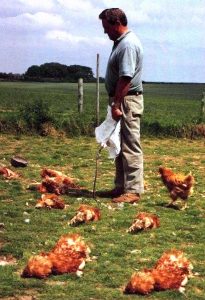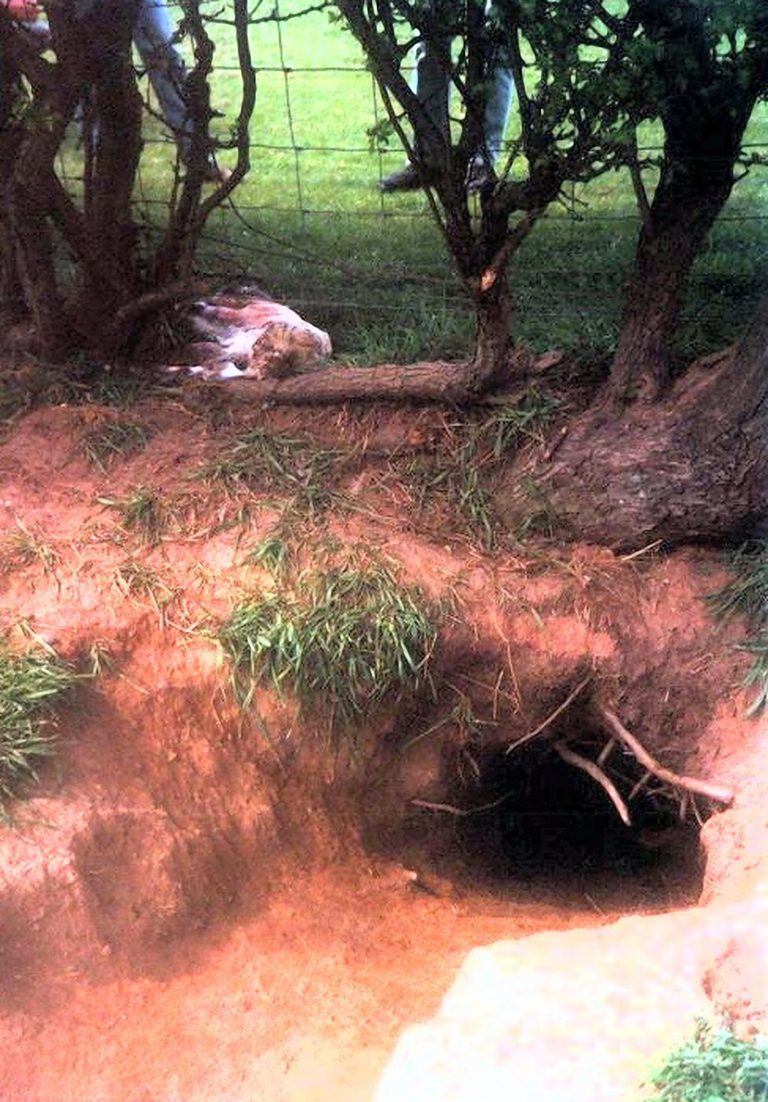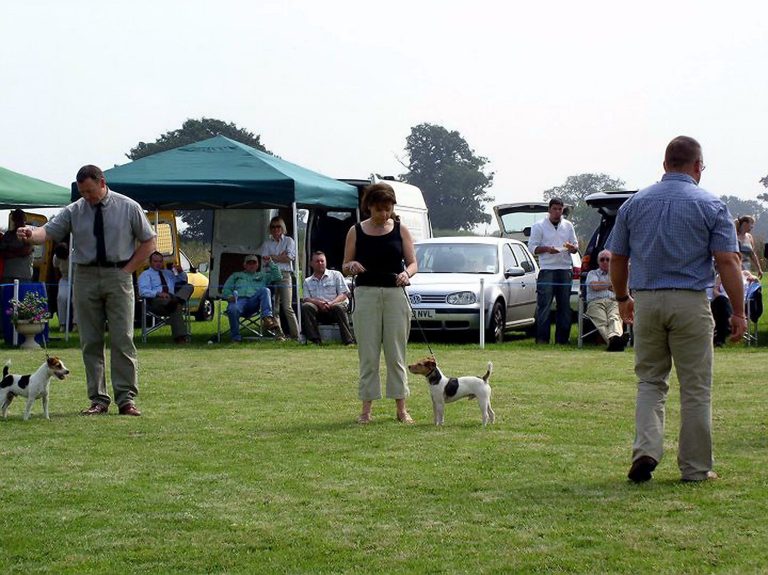SO WHAT IS TERRIERWORK?
It's An Essential form of Pest Control:

Terrier work is an essential form of pest control, one which is widely recognised as such and is practised throughout Europe and in many other parts of the world.
With regard to hunting with dogs, terrier work is one of the oldest, most diverse and widely practised forms of pest control and wildlife management. It covers a wide variety of different activities, a broad cross section of practitioners and a range of different quarry species including rats, rabbits, mink and foxes.
Practitioners include farmers, landowners, gamekeepers, pest controllers and other land and wildlife managers. Those engaged in terrier work do so in order to protect livestock, domestic animals and other wildlife, and also to prevent damage and the spread of disease.
Terrier work is a necessary activity. The Agriculture Act (1947) holds landowners responsible for ensuring that pests which reside on their land are adequately controlled. Terrier work is the only legal method of controlling mink and foxes while below ground (which is where they normally reside) and accounts for 26% of the total annual fox cull (Ministry of Agriculture, Fisheries and Food 2000 – in their submission to the Lord Burns Inquiry into Hunting with Dogs).
Modern day terrier work is carried out in accordance with properly researched and detailed codes of conduct. This combined with modern locating and tracking equipment, and responsible and experienced individuals, ensures it takes place with the minimum possible risk to either the terrier or its quarry, and is carried out as quickly, efficiently, and humanely as is possible.
Terrier work is a control method in its own right, but also complements and improves the immediacy, efficiency, effectiveness and humaneness of other control methods. In doing so it reduces the risk of any unnecessary suffering from wounding, the spread of disease, poisoning of non-target species, or starvation due to lack of maternal care.
It's A "Natural" Control Method:
Terrier work is very much a “natural process”. It combines the terrier’s natural instincts and normal behaviour with a set of circumstances the quarry encounters throughout its natural life. The terrier’s natural instinct is to seek out and pursue vermin, both above and below ground. Its role is not to fight with its quarry. But instead to locate it below ground, bark at it continuously and either cause it to leave the earth or alternatively indicate where in the earth the quarry is located in order that it may be dug to and despatched.
Throughout its natural life in the wild, a fox for example, will continually be contesting with other animals in order to survive. Such activities are more displays of aggression rather than physical acts. They are not intended to be, nor are they, life or death struggles. Such a conflict may be with a badger disputing the occupancy, or part occupancy, of its sett; the mobbing by crows and magpies as the fox enters their territory; a dispute with another fox over territorial or mating rights, or a collie chasing it away from the farmyard. It is a ‘natural’ process, one which starts as a cub when it vies with its litter mates for food and one which continues throughout its entire life.
Terrier work compares favourably with the events and activities which the quarry would normally encounter as part of its daily life in the wild. It is no more than an attempt by another animal to get it to leave its den or to temporarily relinquish part of its territory, and as such is relatively stress free.
It’s a localised activity which takes place over a confined area of normally less than a few hundred square metres, and is carried out with the landowner’s full permission. It’s environmentally friendly and poses no threat to non-target species, other wildlife, domestic livestock or humans. Disturbance to other wildlife is minimal, or non-existent. Neither is there any interference with, nor any inconvenience to non-participants.
It Provides Selective Control of Specific Predators:

Terrier work has evolved and improved over many hundreds of years, it is highly selective and provides targeted control of specific predators. It is one of the very few control methods where the quarry may be taken to hand alive, and the only method which enables the presence of any suckling young to be identified at the maternal earth and for them to be humanely despatched along with their mother.
Terrier work assists in the proper management of quarry species, it is carried out at the quarry’s den, and is in keeping with the wishes of the landowner upon whose land it resides. All such activity is localised.
If disturbed, a fox will often abandon its current earth and take up a new residence. This could be the den of another animal (eg. a rabbit warren) or man made structures such as drains, hay bale stacks, rubbish piles, pit holes, rock piles etc. Foxes frequently seek shelter in such places when sick, injured or wounded, when disturbed, during inclement weather conditions and the breeding season. This requires regular monitoring of likely den locations and the use of basic field craft skills.
The most easily noticed and frequently seen occupancy indicators are signs of predation i.e.. feathers, wings and parts of dead livestock and other animals (see example on left).
As a result it is normally those foxes which are doing the most damage which are most easily located. In this manner terrier work provides early ‘targeted control’ of specific predators and prevents further losses. Experience has shown that it is often the old, sick or injured which turn to domestic livestock as a relatively easy food source.
Terrier work Helps Support Rural Communities and Local Amenities:

Through the hundreds of working terrier shows and other social gatherings held each year in rural locations around the country, terrier work supports local facilities and amenities. It encourages visitors from outside the area and contributes towards the social, economic and cultural well being of rural communities. Whilst many such shows are organized to raise club funds and to assist in financing their rescue services, it is also commonplace for charities and other worthy causes to benefit from such events.
Terrier work provides a free pest control service to the rural community and the terrier club’s specialised rescue services have considerable local animal welfare benefits.
The case for terrier work based upon utility and least suffering has been well advanced by a wide range of practitioner groups along with other independent research (including that conducted by the Swedish State Veterinarian on behalf of the Swedish Government). It is however also worth noting the comments of…